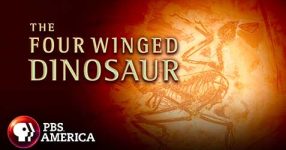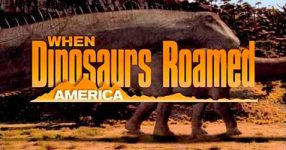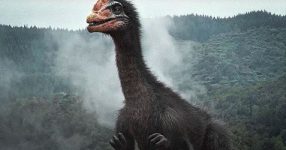In the documentary “The Greatest Dinosaur Find Of The 20th Century”, paleontologist Jim Farlow and sculptor Dave Thomas embark on an unconventional collaboration. While Farlow is a highly respected professor at Indiana Purdue University, Thomas is a professional sculptor specializing in scientifically accurate dinosaur reproductions. Their mission is to unravel the mysteries of how dinosaurs fought, focusing on the information embedded in the footprints these ancient creatures left behind.
Farlow and Thomas believe that footprints, as opposed to fossils, provide a unique glimpse into the lives of dinosaurs, offering insights into their movements, behavior, and potential combat strategies. Footprints, they argue, were made by living animals, making them a valuable source of information in reconstructing the dynamics of dinosaur interactions.
The Prime Track Site: Glen Rose, Texas
The duo sets their sights on Glen Rose, Texas, home to a well-known state park that holds a deep secret dating back over a hundred million years. In the early Cretaceous period, the region was vastly different, and it was here that dinosaur hunter Roland T. Byrd uncovered a treasure trove of fossilized tracks. Stamped into the bed of the Paluxy River were hundreds of tracks made by giant plant-eating sauropods, providing a unique glimpse into the dinosaur world.
Byrd’s discovery, made over 60 years ago, sparked excitement and controversy within the scientific community. His theory, suggesting a predator-prey interaction based on the tracks, faced skepticism. Despite challenges, Byrd remained steadfast in his belief, contributing to the ongoing quest to understand how dinosaurs lived and interacted.
As Farlow and Thomas explore the remaining tracks in Glen Rose, they delve into the details of the footprints, deciphering clues about the creatures’ size, gait, and behavior. The tracks, once considered mere trails, reveal a complex story of ancient life and the potential for predator-prey engagements.
Reconstructing a Dinosaur Attack
To unravel the mysteries of dinosaur combat, Farlow and Thomas enlist the help of computer animators. Their challenge is to create a 3D animation based solely on footprint data. Thomas, a sculptor, expresses the excitement of translating his imaginative visions into lifelike movement through computer graphics. The animation aims to bring to life a dinosaur attack, offering a visual representation of the creatures’ interactions as inferred from the footprints.
The quest leads the duo to question the validity of Byrd’s theory and whether the footprints truly depict a predator-prey encounter. The animated reconstruction becomes a critical tool in visualizing and analyzing the movements, strategies, and potential confrontations between the dinosaurs, shedding light on a chapter of the prehistoric world that remains shrouded in mystery.
Farlow and Thomas embark on a journey that transcends the boundaries of traditional paleontology, combining science, art, and technology to unlock the secrets of the greatest dinosaur find of the 20th century. The Glen Rose track site, once hidden, becomes a stage for a multidisciplinary exploration into the ancient past, where footprints tell a story that fossils alone cannot fully reveal.












